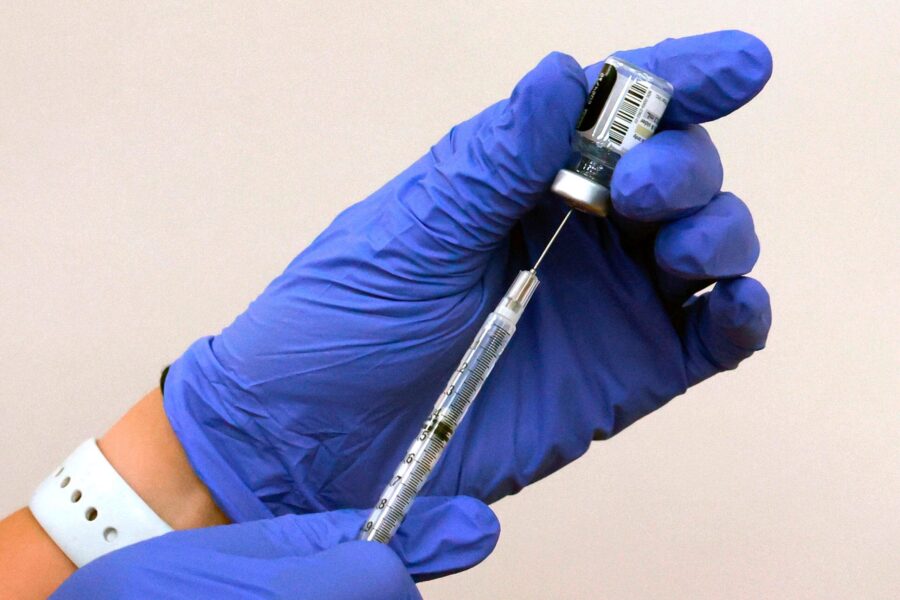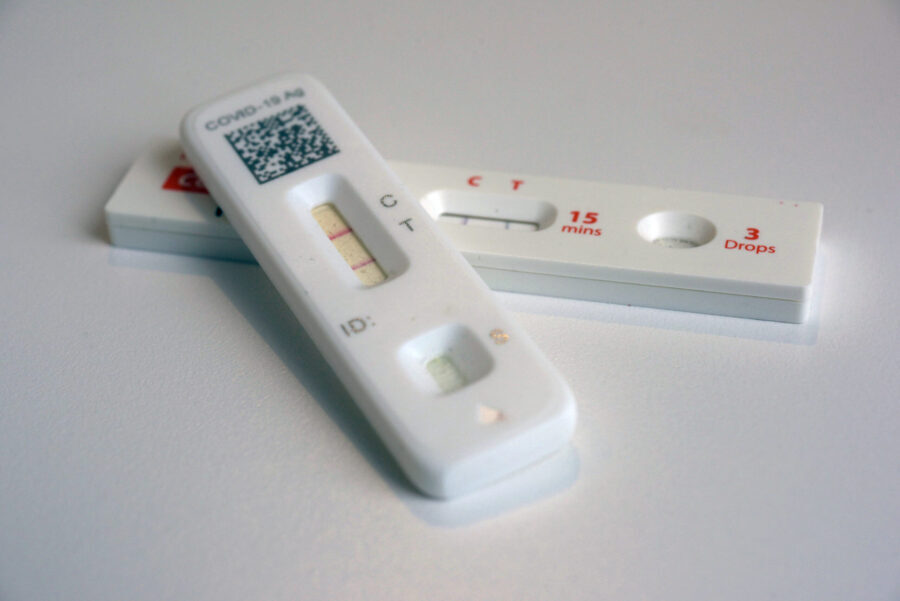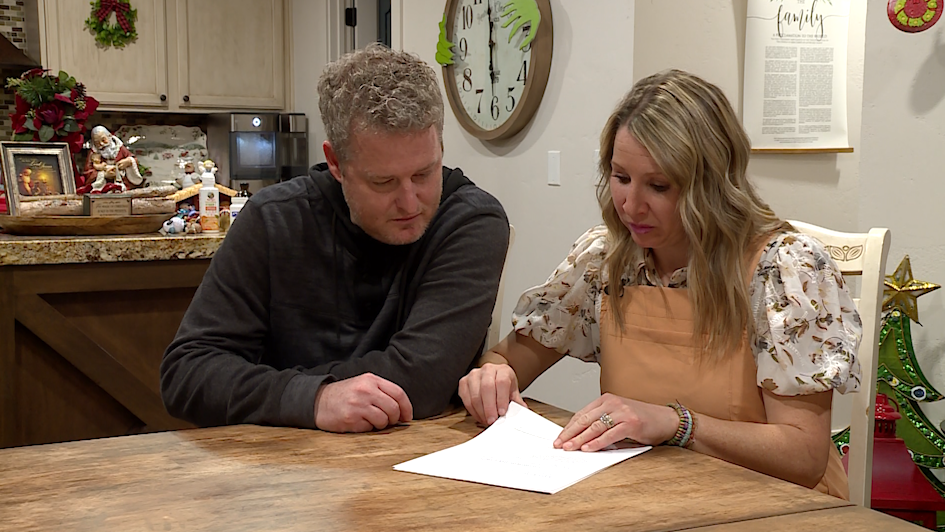Intermountain Healthcare studies getting COVID-19 patients off ventilators quicker
Dec 1, 2021, 5:53 PM | Updated: Dec 2, 2021, 10:48 am

Intermountain Medical Center (KSL TV)
(KSL TV)
MURRAY, Utah — Mechanical ventilators are the last resort for COVID-19 patients when their lungs have been ravaged, and they can no longer breathe. However, the treatment comes with risks.
Researchers at Intermountain Healthcare will use a multimillion-dollar federal grant to find ways to reduce the time a patient spends on a ventilator.
Mechanical ventilators are life-saving devices keeping many COVID-19 patients alive in Utah hospitals right now. Ventilators help patients breathe until their lungs are strong enough to function on their own. This study should help cut down on the time a patient needs to be ventilated.
“They’re essential for the mission to treat COVID patients. But they are also essential for other causes of respiratory failure,” said Dr. Colin Grissom, senior medical director of critical care for Intermountain Healthcare and co-principal investigator of the grant.
Grissom said he has never seen so many people on ventilators because of a single cause of lung failure in his 24-year career.
“It’s now been months that we’ve had ICUs totally full of patients, and any time you have ICUs full of patients some of those patients are on mechanical breathing machines,” the critical care physician said.
He said mechanical ventilators are used when all other medical means have failed to save a patient with COVID-19 pneumonia.
“Putting a plastic tube down the windpipe, and then putting them on a mechanical ventilator,” Grissom said. That creates risks for the patient including infection and damage to the lungs and windpipe.
With the $4.6 million grant from the National Institutes of Health, Grissom and his team will study how to use proven best practices to identify which patients are ready to breathe on their own again.
“You get somebody off the ventilator sooner, they do better,” he said. “So that’s our goal just to have higher compliance with this and get people off when they’re ready to come off.”
Determining that time is a process that requires coordination between a nurse, a respiratory therapist, and a physician.
“What we intend to do that is novel in this implementation is use telehealth for real-time monitoring,” Grissom said.
Instead of weekly or monthly feedback on the patient, telehealth will help them identify which patients are ready to be tested to come off the ventilator.
“This kind of research is very satisfying because, as soon as you start improving you know that you are benefiting the care of the patients,” Grissom said.
Using telehealth in this process also helps hospitals deal with ongoing staffing shortages.











